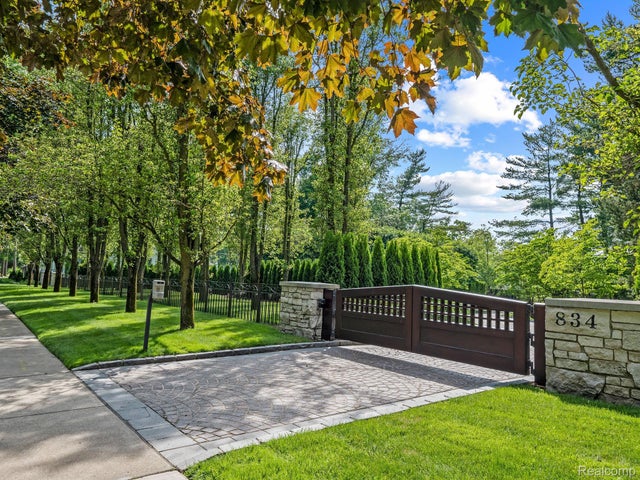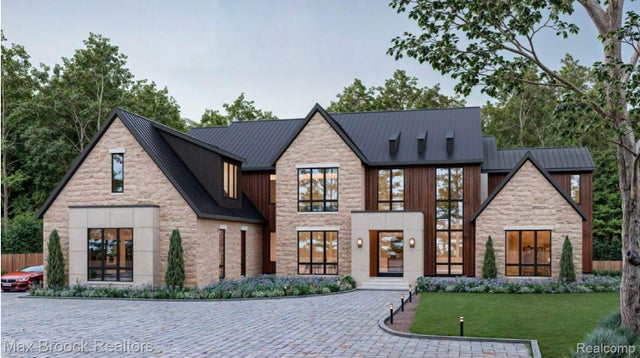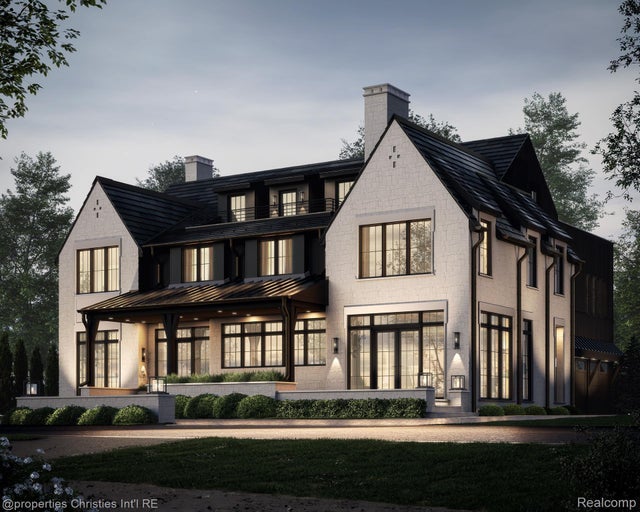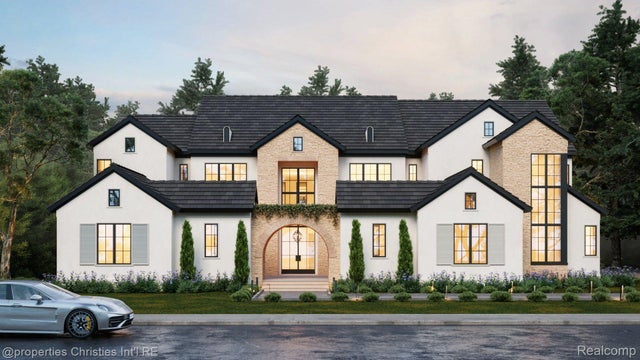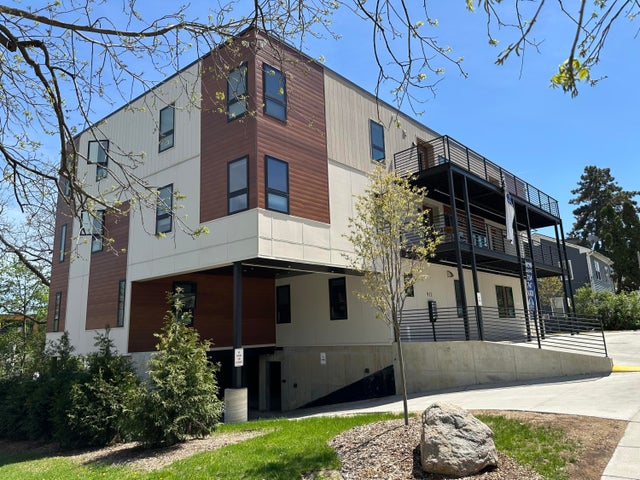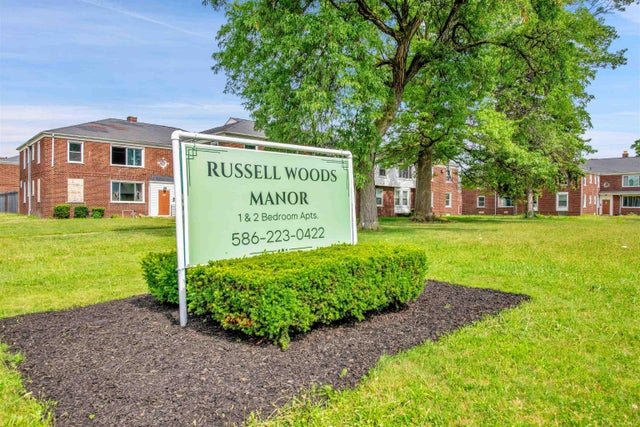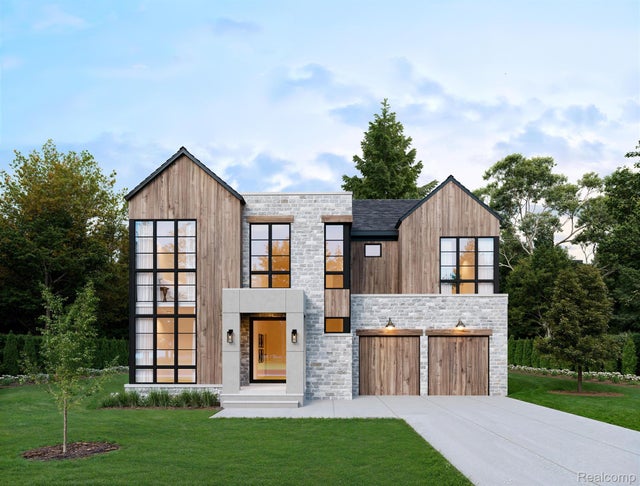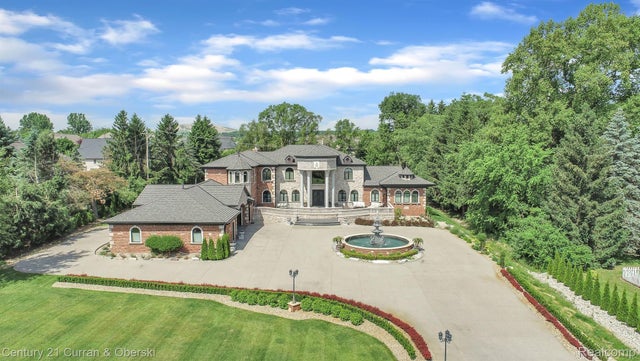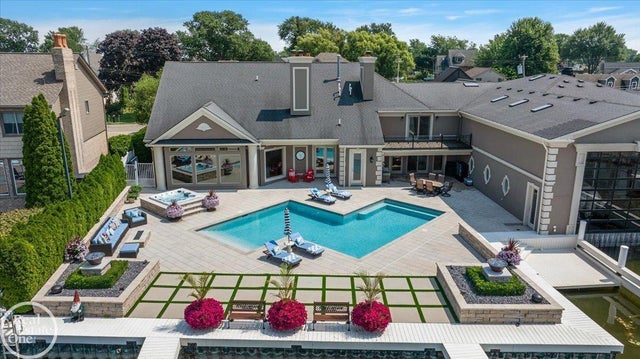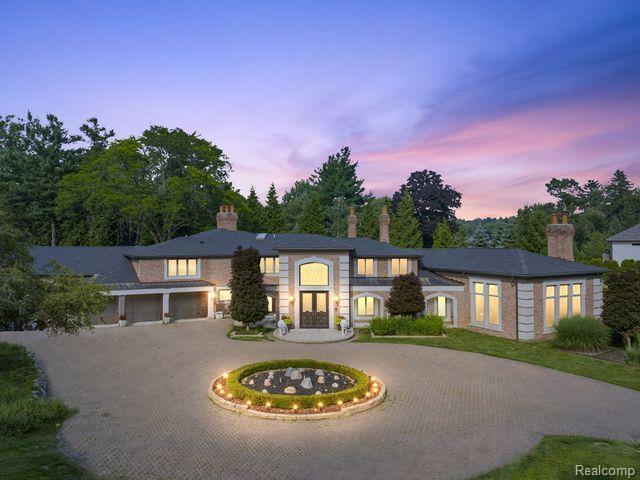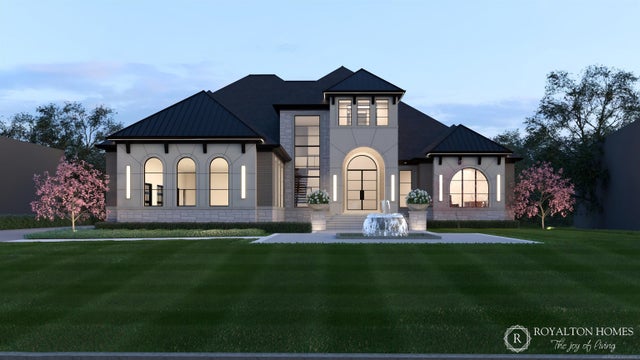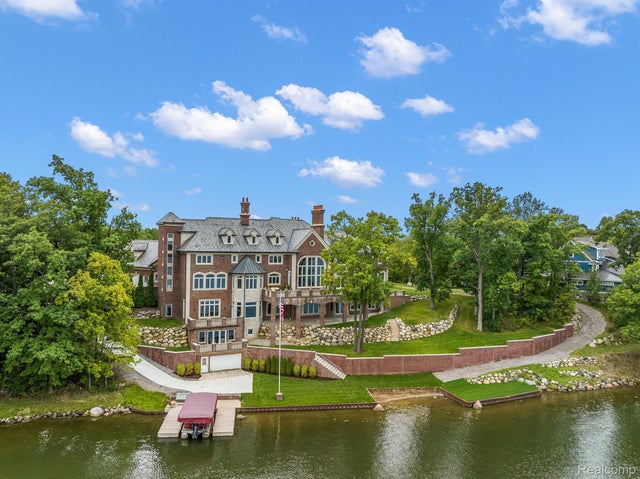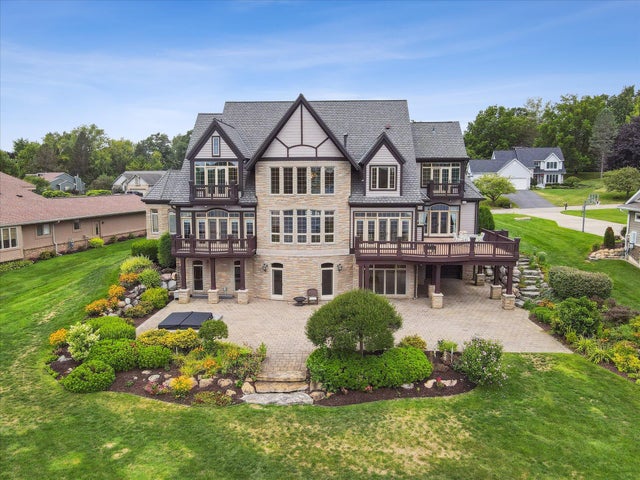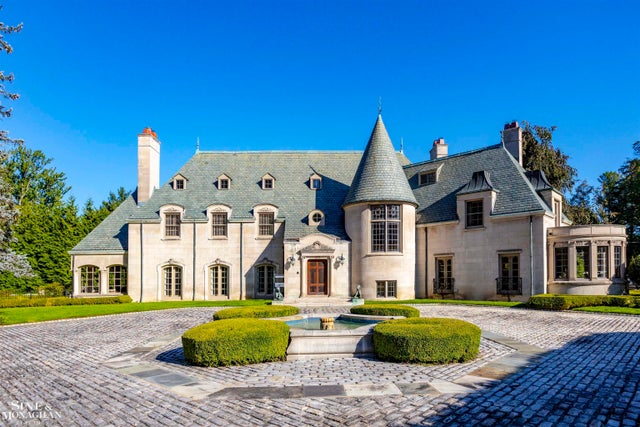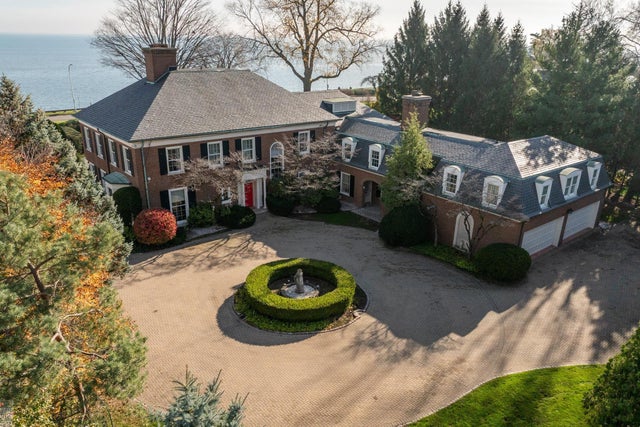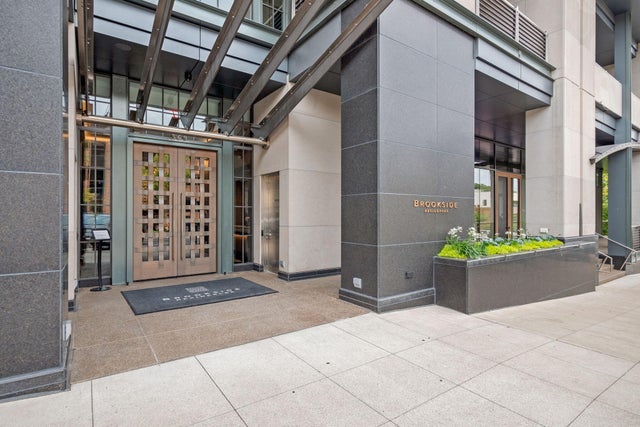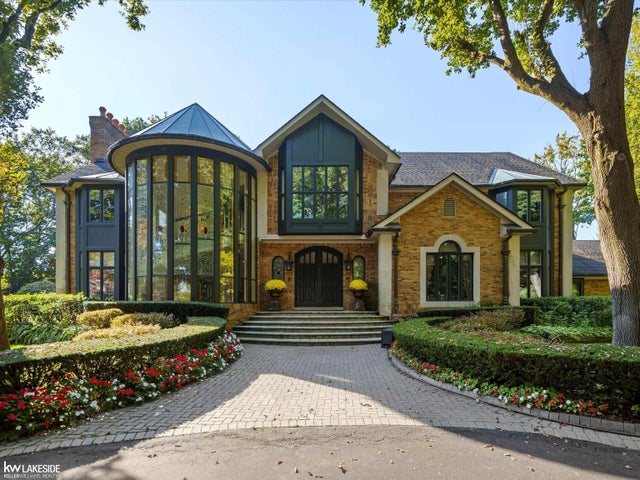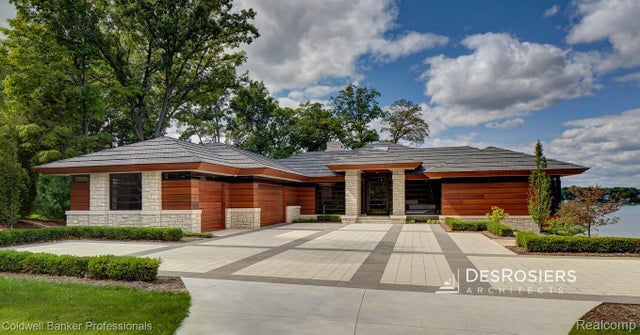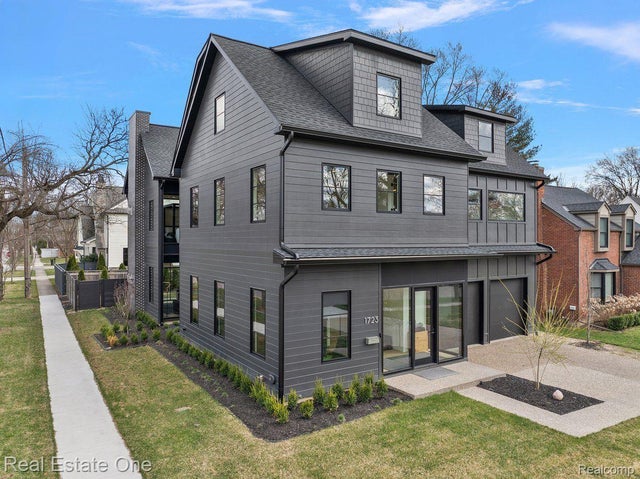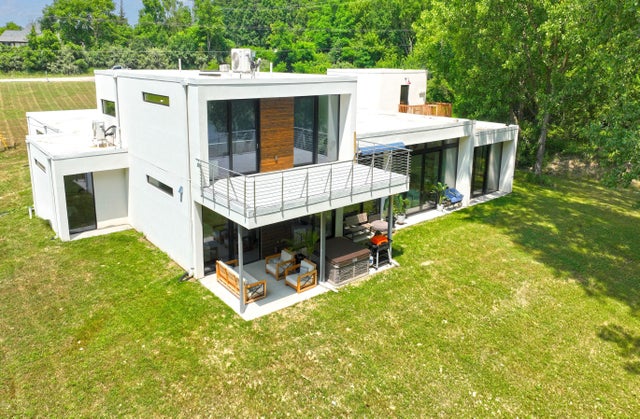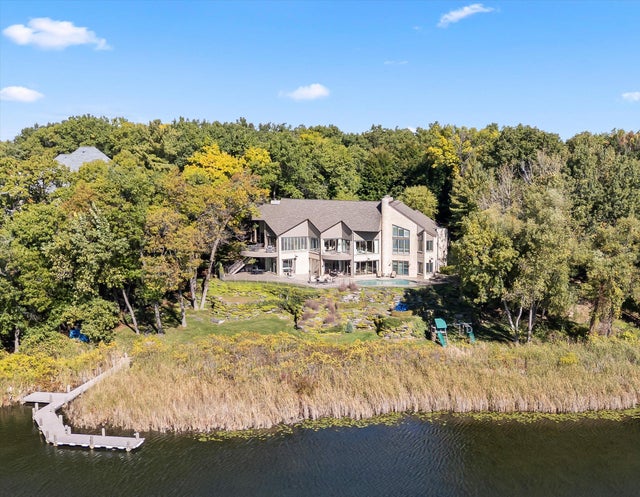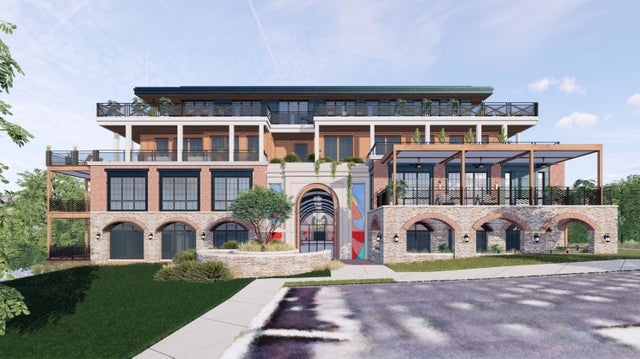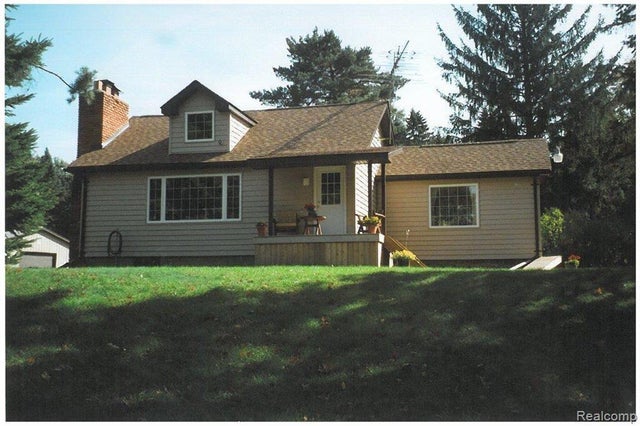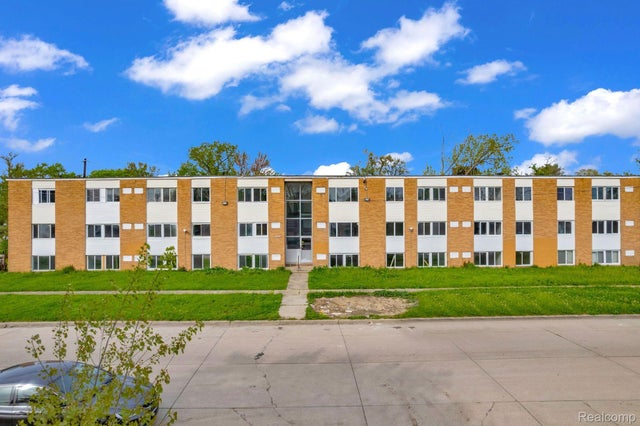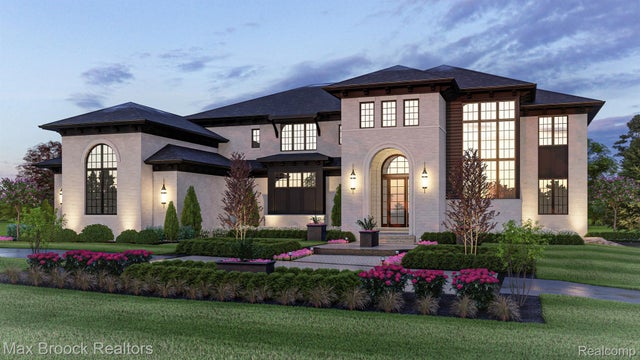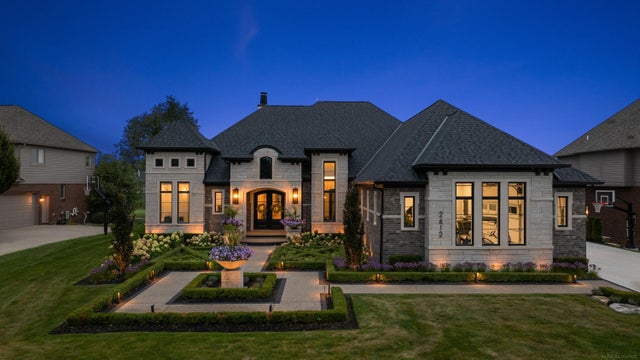Moving to Michigan offers a lifestyle unlike anywhere else in the country. From its stunning Great Lakes and charming small towns to bustling metro areas like Detroit and Ann Arbor, Michigan is a state of contrasts that appeals to people from all walks of life. Living in Michigan means enjoying four seasons (and the annual “construction season”), exploring vibrant cultural hubs, and embracing a rich history that’s reflected in everything from its architecture to its iconic industries. Whether you’re drawn to its affordable housing options, scenic landscapes, or unique urban and suburban communities, Michigan has something for everyone. This guide dives into the distinctive features that make the Mitten State a standout destination, from the quirks of Michigan basements to its legendary lake life, ensuring you’re well-informed about what it truly means to call Michigan home.
.png)
Basements: A Michigan Must-Have
Basements are an essential part of Michigan homes, offering significant versatility and additional living space. Unlike the rest of the United States, where nearly 70% of homes lack basements (according to the National Association of Home Builders), basements in Michigan are practically standard. These spaces are often tall enough to be finished into playrooms, entertainment centers, or fully functional guest apartments with bedrooms, bathrooms, and living areas.
For many Michiganders, basements are more than just storage; they’re a lifestyle feature. A 2,500-square-foot ranch home often includes a similarly sized basement, effectively doubling the usable space. Larger homes, such as colonials with first-floor master suites, can feature basements with over 2,800 square feet. This extra space allows homeowners to create everything from fitness studios to cozy retreats, making basements an integral part of Michigan living.
Michigan Basements: An Antiquated Relic
Michigan basements, predominantly found in homes built before 1930, represent a far cry from modern basements. These spaces are often dark, damp, and cramped, with ceilings too low to stand in comfortably. Initially designed to store coal for old heating systems, they frequently include oversized "coal chute" windows for delivery access. Dirt floors are not uncommon, and these spaces rarely extend beneath the entire home.
While some homeowners attempt to modernize Michigan basements by digging deeper and installing sump pumps or drainage systems, such renovations can be prohibitively expensive. As a result, Michigan basements remain a curious vestige of the past, appreciated more for their historical significance than practicality.
Is It Cheap to Live in Michigan? Not Quite
Michigan is often promoted as one of the most affordable states to live in, with articles like CNBC's ranking placing it as the third-cheapest state in the U.S. However, the reality is more nuanced. While vast swaths of land in northern Michigan and the Upper Peninsula offer affordable acreage, these areas are far from the state’s economic hubs, where most people prefer to live.
The majority of Michigan’s population resides in Metro Detroit, Ann Arbor, Lansing, Kalamazoo, and Grand Rapids—regions where housing costs align with their desirability. These areas comprise less than 10% of Michigan's total landmass but house 67% of its population. Below are the average home prices in 15 of Metro Detroit’s most desirable cities, showcasing the range of housing options available:
- Bloomfield Hills: With sprawling estates and top-tier schools, homes here average over $1 million.
- Franklin: Historic homes with a rustic charm sell between $800,000 and $900,000.
- Birmingham: Known for its vibrant downtown and excellent schools, homes range from $700,000 to $800,000.
- Grosse Pointe Shores: Lakefront properties with private clubs average $650,000 to $750,000.
- Grosse Pointe Farms: Family-friendly with waterfront views, averaging $700,000.
- Northville: Historic charm meets modern living, with homes around $600,000.
- Grosse Pointe Park: Spacious homes and a close-knit community range between $500,000 and $600,000.
- Rochester: Blending history and modern luxury, homes average $500,000.
- West Bloomfield: Known for its lakes and schools, homes average $450,000 to $550,000.
- Beverly Hills: Quiet and residential, with prices between $450,000 and $500,000.
- Grosse Pointe: Average prices around $450,000, with well-preserved neighborhoods.
- Orchard Lake Village: Luxury homes on private lakes range from $600,000 to $700,000.
- Huntington Woods: Charming homes average $400,000 to $500,000.
- Novi: Diverse housing options from $400,000 to $500,000.
- Royal Oak: Vibrant and youthful, homes average $350,000 to $450,000.
While Michigan offers affordable options in some regions, its most desirable areas come with a premium.

Car Insurance: A Pricey Necessity in Michigan
Michigan is notorious for its high car insurance rates, significantly exceeding the national average. The state's unique no-fault insurance system mandates Personal Injury Protection (PIP) coverage, which historically included unlimited medical benefits. While recent reforms have reduced some premiums, the average annual cost for Michigan drivers still ranges between $2,500 and $3,000—far above the national average of $1,500.
This high cost stems from Michigan's robust coverage requirements, which ensure that policyholders and their families are fully protected, regardless of fault. While these policies provide comprehensive protection, they make Michigan one of the most expensive states for car insurance.
Up North Michigan: The Great Debate
Where does “Up North” truly begin? For some, it starts at the Zilwaukee Bridge; for others, it’s north of the Mackinac Bridge. There’s even a camp that claims Up North begins as close as M-59. No matter where you draw the line, Up North embodies the spirit of Michigan.
This region offers breathtaking landscapes, charming small towns, and destinations like Traverse City, Sleeping Bear Dunes, and quaint lakeside communities. Whether it’s hiking, boating, or simply relaxing in nature, the allure of Up North is its accessibility, providing a perfect escape for Metro Detroiters.
Seasons in Michigan: More Than Just Weather
Michigan's seasons go beyond the traditional four, with a notorious fifth: construction season. Summers are marked by seemingly endless roadwork, with major highways frequently reduced to single lanes.
Fall, though fleeting, is a favorite for many residents. Michigan boasts the second-highest number of cider mills in the nation, offering fresh cider and donuts alongside activities like apple picking. Popular spots include Blake’s Orchard in Armada, Franklin Cider Mill, Yates Cider Mill in Rochester, and Wiard’s Orchard in Ypsilanti.
.png)
Detroit: A City on the Rise
Detroit has transformed from a symbol of industrial decline into a thriving cultural hub. As the birthplace of Motown and techno music, the city’s cultural contributions are immense. Today, Detroit offers world-class events, including the Movement electronic music festival and attractions like Campus Martius Park, featuring outdoor skating and holiday markets.
The food scene has also flourished, with standout restaurants like Savannah Blue and Vecino earning national recognition. Major projects like Ford’s $1 billion renovation of Michigan Central Station highlight Detroit’s ongoing resurgence as a vibrant, dynamic city.
Detroit Real Estate: Historic and Unique
Detroit’s real estate market has shifted dramatically in recent years. Neighborhoods like Boston-Edison and Palmer Woods feature architectural gems, with home prices reaching $2 million or more. Notable sales include a $4.9 million property in Palmer Woods and Boston-Edison’s $3 million mansion on a sprawling four-acre lot.
The city’s historic craftsmanship, rooted in early 20th-century wealth, sets it apart. Areas like the University District and Bagley Community also offer affordable yet character-filled homes, making Detroit a compelling choice for buyers.
Metro Detroit Lake Living: A Lifestyle Like No Other
Michigan’s 11,000 lakes make it a paradise for water enthusiasts. Oakland County alone boasts 1,400 lakes, with 232 classified as all-sports lakes ideal for activities like wakeboarding and skiing. Living on a lake in Metro Detroit combines waterfront serenity with the convenience of city access, offering a lifestyle that’s hard to beat.
For many Michiganders, the Great Lakes represent the ultimate getaway. With more freshwater coastline than any other state, Michigan is a haven for those seeking second homes or vacation retreats.
Living in Michigan is an experience defined by diversity, opportunity, and natural beauty. Whether you're captivated by the vibrant culture of Detroit, the serene charm of Up North, or the unparalleled access to lakes and outdoor adventures, Michigan offers a lifestyle that’s both dynamic and deeply rooted in community. Moving to Michigan means stepping into a state where history meets innovation, and where affordability and quality of life come together to create a truly unique place to call home. As you consider the possibilities, this guide serves as your starting point to explore everything that makes Michigan not just a destination, but a place to build your future.
DON'T KEEP US A SECRET - SHARE WITH A FRIEND OR TO SOCIAL MEDIA!



